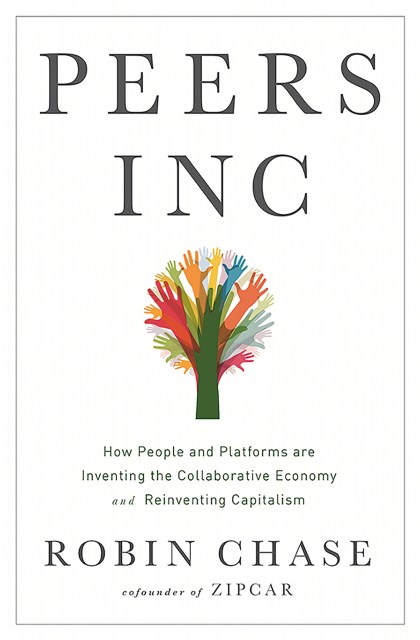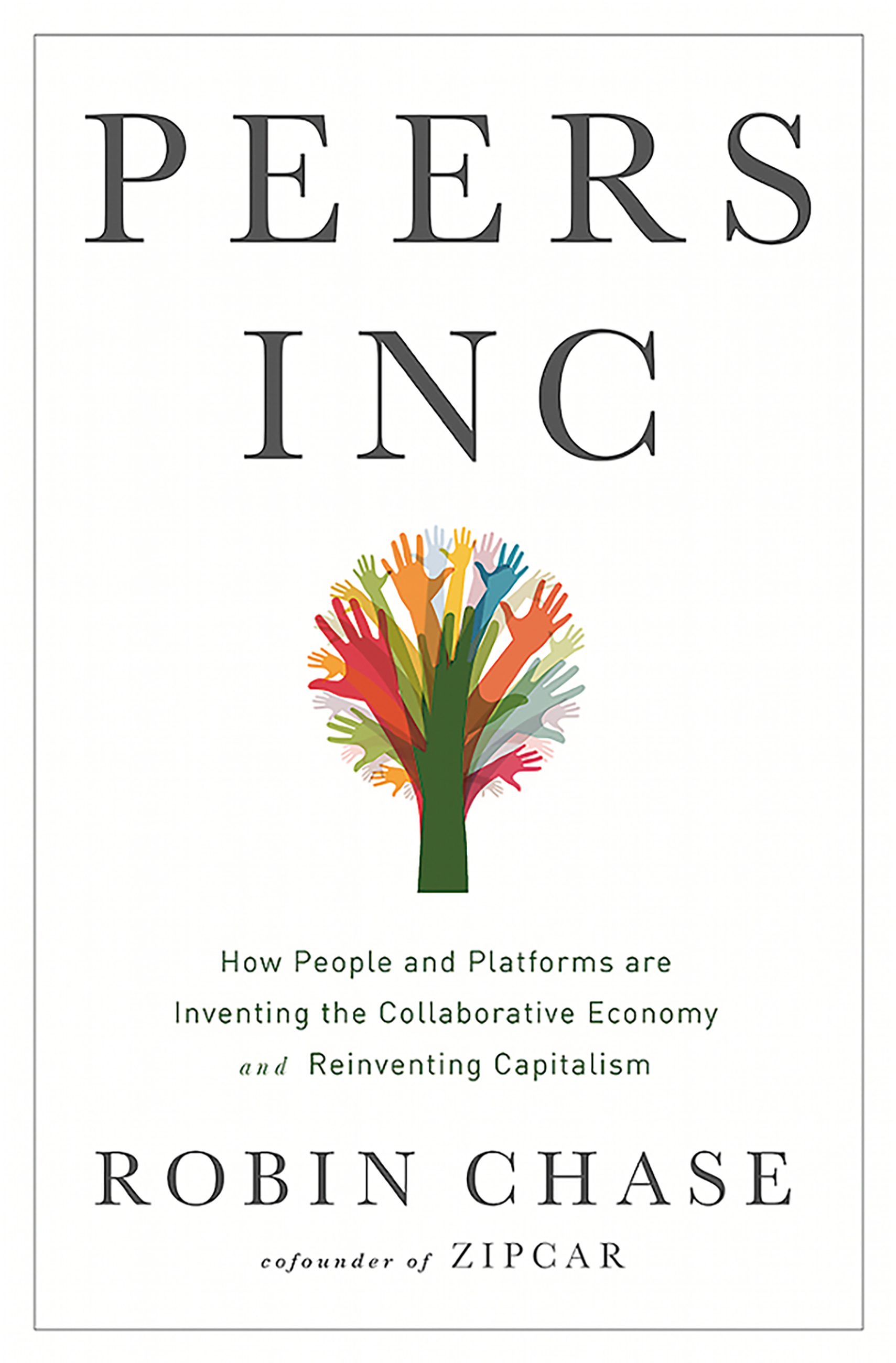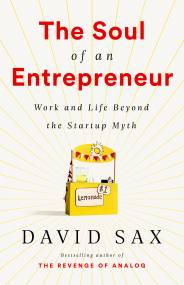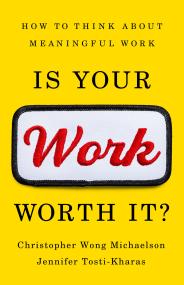Promotion
Use code MOM24 for 20% off site wide + free shipping over $45
Peers Inc
How People and Platforms Are Inventing the Collaborative Economy and Reinventing Capitalism
Contributors
By Robin Chase
Formats and Prices
Price
$14.99Price
$19.99 CADFormat
Format:
- ebook $14.99 $19.99 CAD
- Hardcover $26.99 $33.99 CAD
This item is a preorder. Your payment method will be charged immediately, and the product is expected to ship on or around June 9, 2015. This date is subject to change due to shipping delays beyond our control.
Also available from:
When the best of people power is combined with the best of corporate power to form “Peers Inc” organizations, a potent creative force is released. The “Inc” in these collaborations delivers the industrial strengths of significant scale and resources, and the “Peers” bring together the individual strengths of localization, specialization, and customization, unlocking the power of the collaborative economy. When excess capacity is harnessed by the platform and diverse peers participate, a completely new dynamic is unleashed.
In Peers Inc, Robin Chase brings her provocative insights to work, business, the economy, and the environment, showing:
How focusing on excess capacity transforms the economics of what’s possible and delivers abundance to all
How the new collaboration between the Inc and the Peers enables companies to grow more quickly, learn faster, and deliver smarter products and services
How leveraging the Peers Inc model can address climate change with the necessary speed and scale
How the Peers Inc model can help legacy companies overcome their shortening life cycle by inviting innovation and evolution
Why power parity between the Peers and the Inc is a prerequisite for long-term success
How platforms can be built within the existing financial system or outside of it
What government can do to enhance economic possibility and protect people working in this new decentralized world
Chase casts a wide net, illuminating the potential of the Peers Inc model to address broader issues such as climate change and income inequality, and proves the impact that this innovative economic force can have on the most pressing issues of our time.
Genre:
- On Sale
- Jun 9, 2015
- Page Count
- 304 pages
- Publisher
- PublicAffairs
- ISBN-13
- 9781610395557
Newsletter Signup
By clicking ‘Sign Up,’ I acknowledge that I have read and agree to Hachette Book Group’s Privacy Policy and Terms of Use







